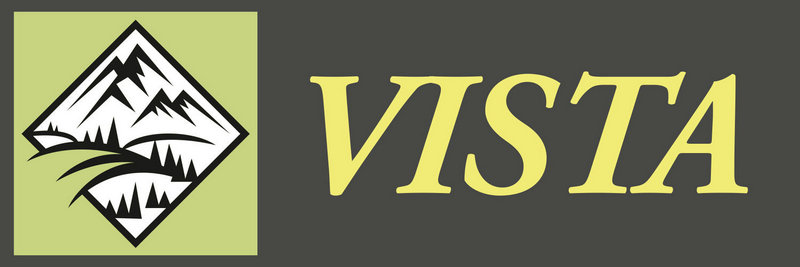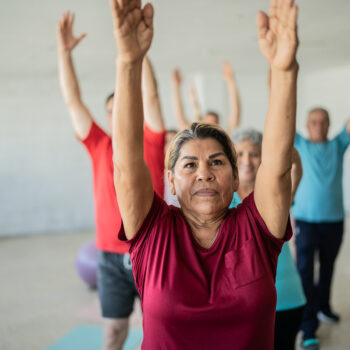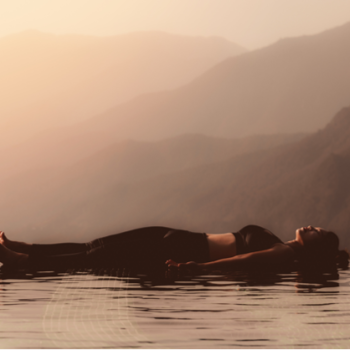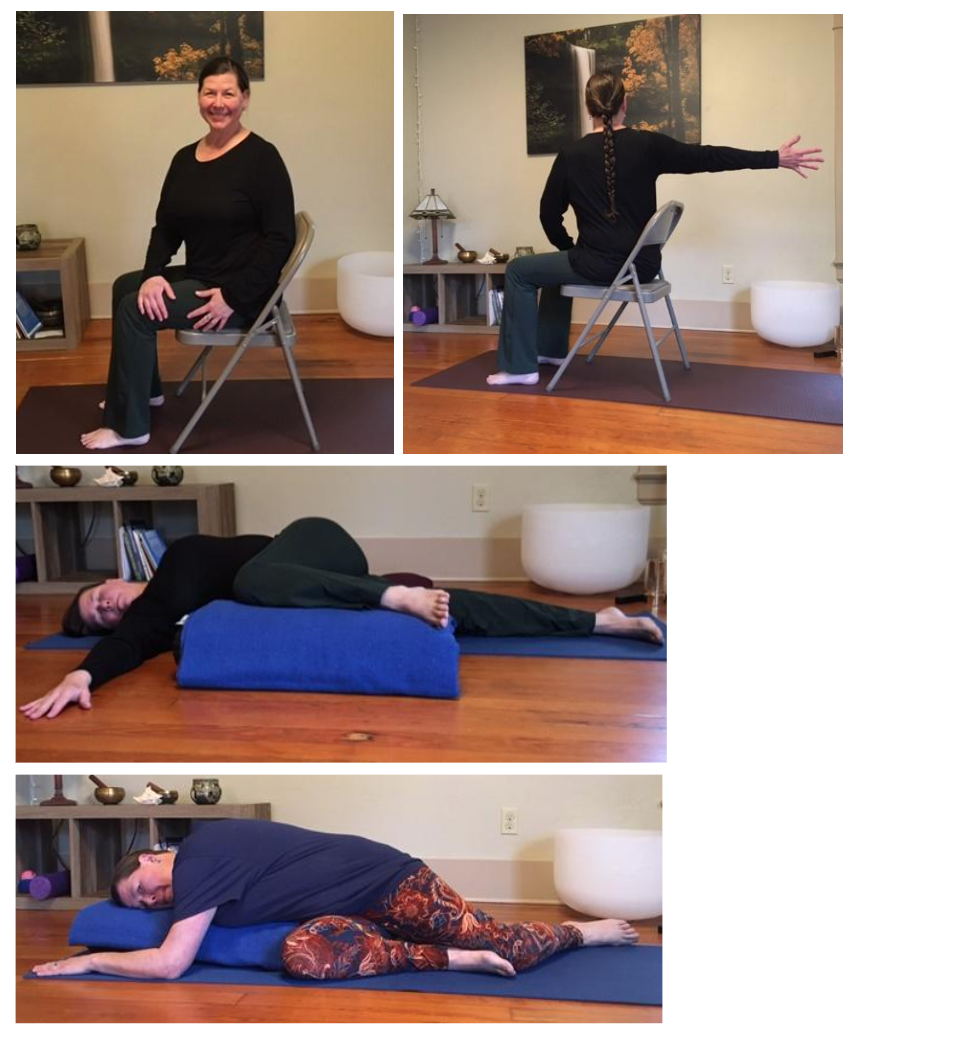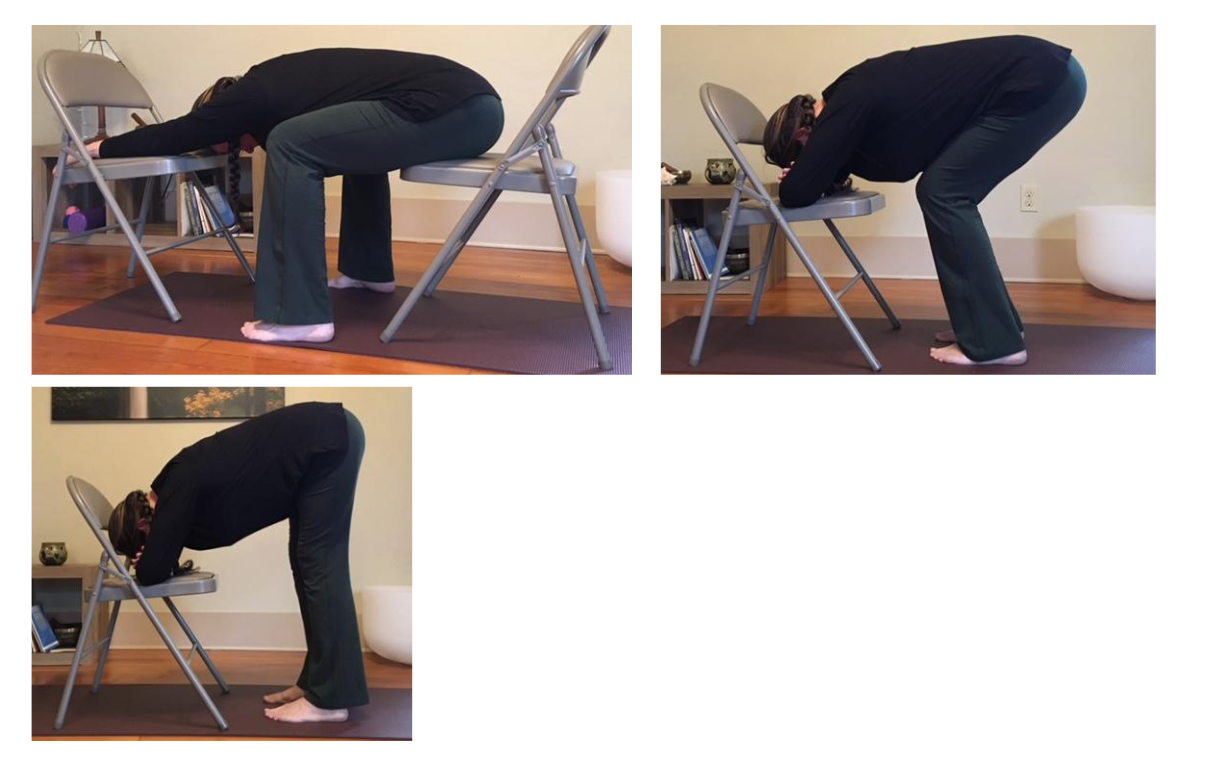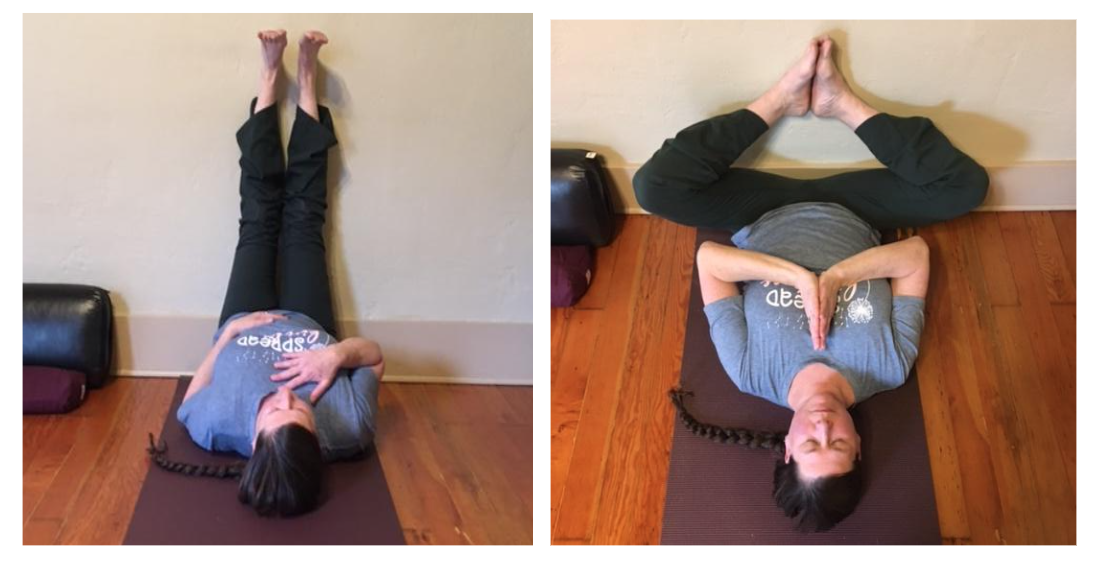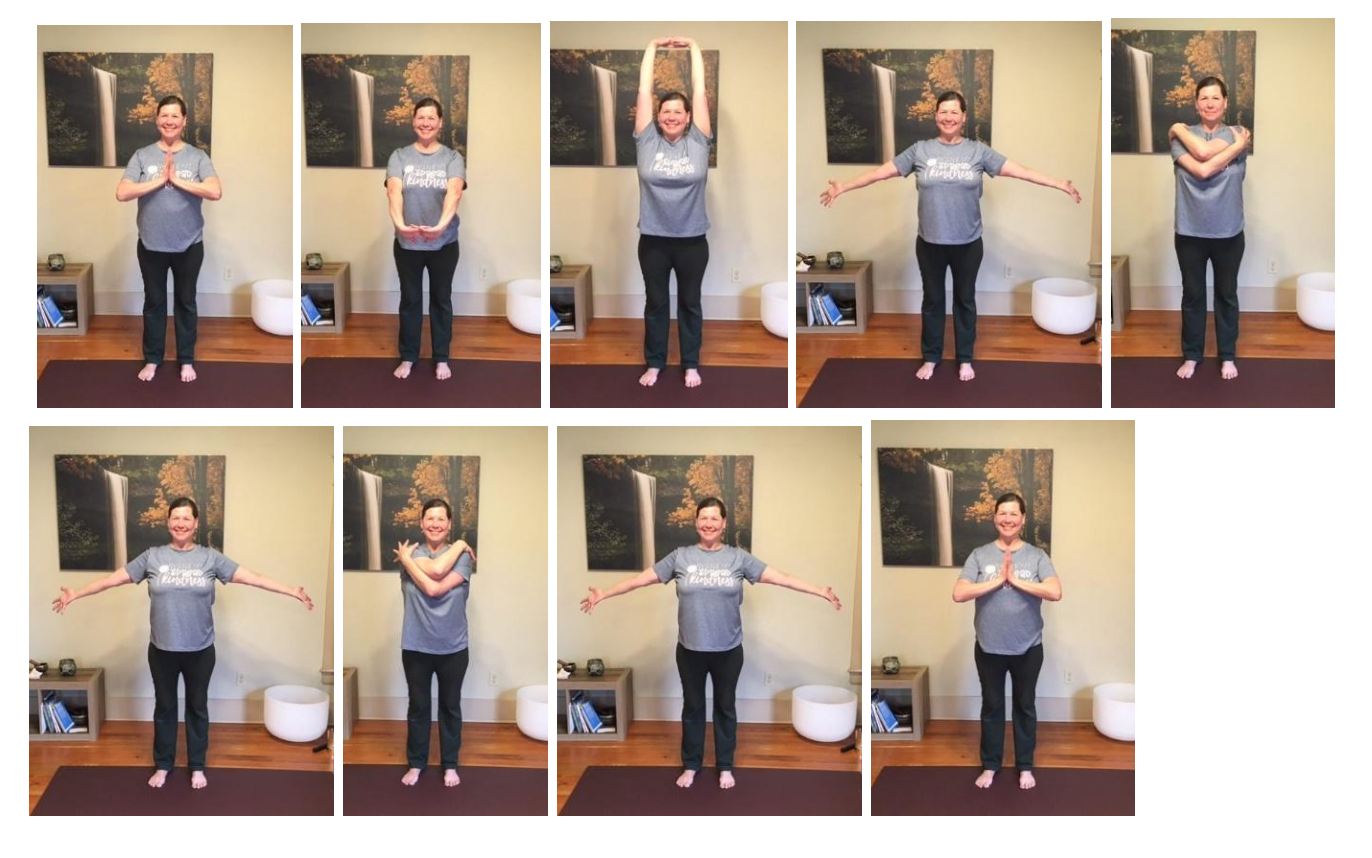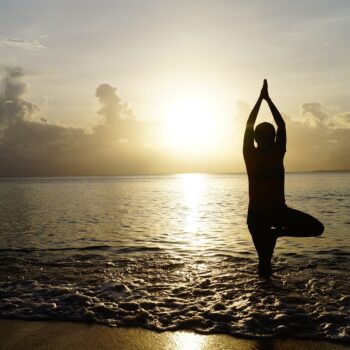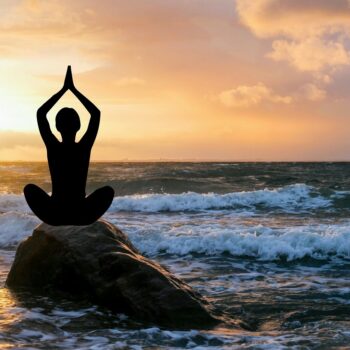By Jen Champion
Discover ancient wisdom in Patanjali’s Yoga Sutras, a collection of aphorisms relevant to spiritual guidance and earthly actions.
One powerful lesson is Sutra 2.46: sthirasukham asanam. In The Practice of the Yoga Sutra, Sadhana Pada, Pandit Rajmani Tigunait translates it as follows: A stable and comfortable posture is asana. This teaching offers guidance towards the essence of balance, a cornerstone of yogic philosophy. When we have a balance between alertness and relaxation, activity and rest, we are less stressed, and our capacity to be creative and foster joy is more abundant.
With a balance of ease and effort in our daily experiences, our life grows opportunities for living and sharing a comfortable, fulfilling, and joyous life. We can learn and practice techniques to help us grow our sense of stability, ease, and connection. Yoga philosophy and practices provide insight into these practices, including those related to energy channels. There are over 70,00 channels within the human body, including the popular chakras represented as energy centers/wheels along the spine. When balanced, these energies contribute to unwavering luminous creativity, clarity, and joy —a successful approach to navigating life with resilience and grace.
Amalia’s Root Chakra Practice fosters a sense of safety and belonging, grounding us amidst lifes’ chaos through gentle movements and deep breathing. This is the first video in a series covering the main chakras. Enjoy.
Muladhara- Root Chakra Practice
Amalia explains The first chakra is associated with a sense of safety, belonging, and connection, which can help anchor us, even amid the chaos of life.
In this class, we access the stability of the lower body, the element of earth, and breathe deeply toward the base of the spine. We start with a short centering meditation, practice heel raises to coordinate breath and movement, and then move into Trikonasana- triangle pose.
This is a slow-paced, gentle practice that can be done entirely standing. You may like to use a wall or chair to aid balance and to help bring the floor closer to the body.
Suggested affirmation or mantra: I am safe, rooted, and connected.
Jen’s Meditation Practice guides you to create healthy breathing patterns and grow mindful awareness between your heart, breath, and mind to cultivate and maintain joy.
Guided Breath Awareness Practice
May this introduction to Yoga Sutra 2.46 and the Root Chakra serve as a catalyst for transformation and self- discovery. May this blend of ancient wisdom and direct experience enhance feelings of ease, comfort, and joy on and off the yoga mat.
We more often move through life with grace and ease, extending our frequency of joy to others. As we nurture self-awareness, may it lead to offering compassion and grace in every shape on and off the mat.
